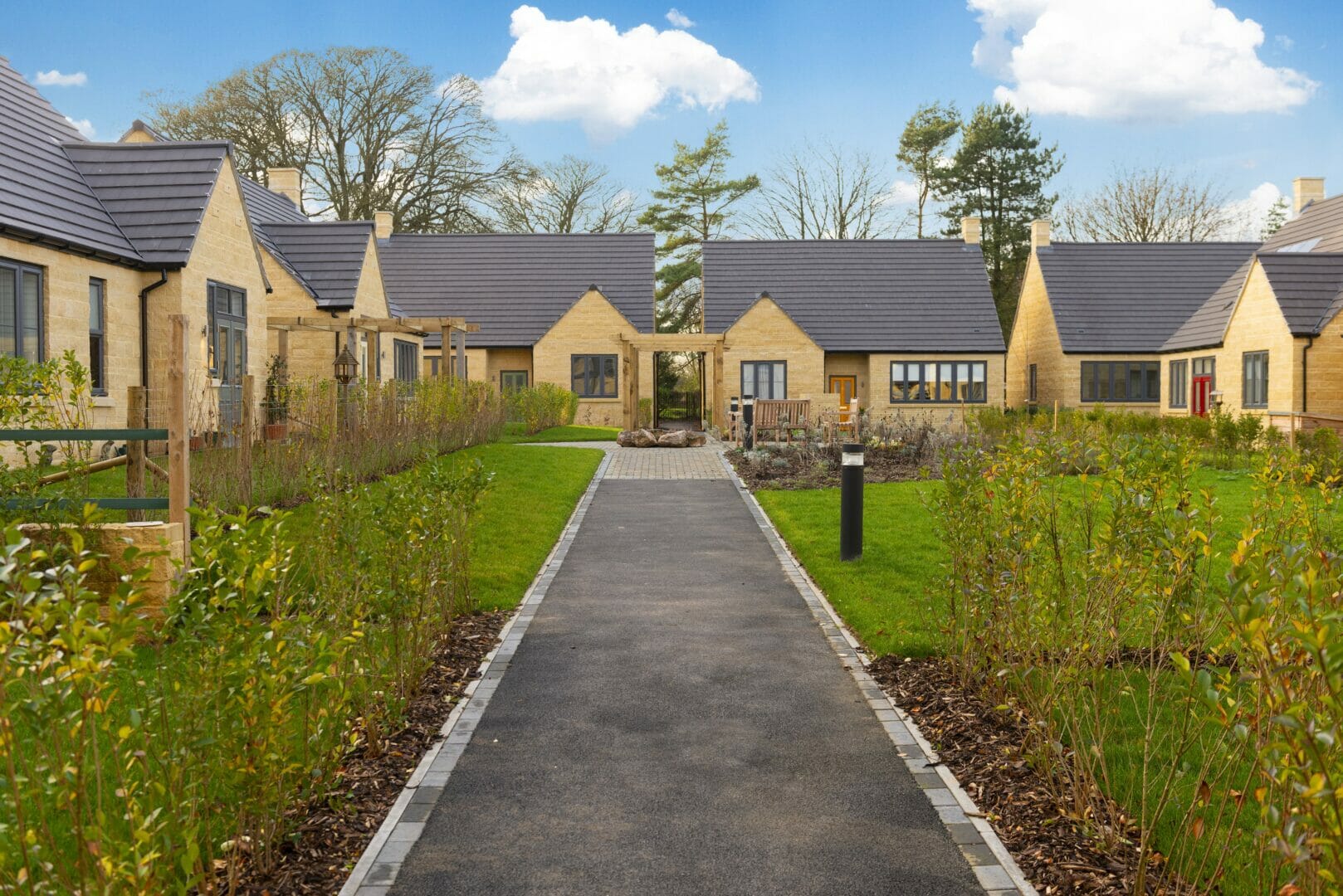
• 60% of over-65s would consider moving to a bungalow, equal to 7.2m people • That number has risen by 600,000 in the last year • Even more over-65s (65%) believe more bungalows should be built exclusively for older people • Only c.2m bungalows have ever been built in the UK, and just 2,418 new bungalows were built in 2018
7 October 2019: Research by McCarthy & Stone, the UK’s leading developer and manager of retirement communities, carried out in conjunction with YouGov, has found that 60% of over-65s – equal to 7.2m people – would consider moving to a bungalow.
This number represents a 6% increase in demand in the last year – equivalent to 600,000 people – showing the growing appeal of low-storey housing in later life. Millions of over-65s also support the building of bungalows designed exclusively for occupation by older people: 65% agree that there should be more bungalows built and managed exclusively for this cohort, equal to just under 8 million people in the UK.
The appetite for bungalows can be explained by several factors, including the desire to live on one level (70%), being easier to maintain (50%) and being much better suited to older people (49%) than conventional houses.
Table 1: What would over-65s like most about living in a bungalow?
Being able to live on one level 70%
They are easier to maintain 50%
They are much better suited to older people 49%
They provide space for a garden 44%
Being able to downsize but maintaining my independence 35%
They are designed and built with older people in mind 29%
Source: McCarthy & Stone, YouGov 2019 & Stone, YouGov 2019
Despite their overwhelming popularity, as well as the health and social care benefits that flow from older people living in bungalows, the approximate number of bungalows that have ever been built in the UK is comparatively small at only 2m1, falling woefully short of demand. In 1987, 15% of all new homes were bungalows. That fell to 3.5% in 2007 and just 2% in 2018 (only 2,418 properties)2, indicating that in recent years bungalow building rates have actually moved in the opposite direction to demand.
McCarthy & Stone is bringing the bungalow back
McCarthy & Stone currently has a pipeline of 254 bungalows across 17 sites within its retirement communities. Bungalows are currently for sale at sites in Buntingford, Hadleigh and Wymondham, and other schemes are presently being pursued through the planning process.
1 English Housing Survey and Housing LIN 2 NHBC New Home Statistics Annual Review 2018
Demand for these bungalows has been consistently high, with all bungalows at sites in Chipping Norton and Shrewsbury already sold out and just three remaining across the Buntingford and Wymondham sites. The Company has sold around 60 bungalows in the last two years.
John Tonkiss, Chief Executive of McCarthy & Stone, commented:
“Bungalows are increasingly popular amongst older generations and should be a consideration for any drive to build more suitable housing – they are easier to maintain, are built with older people in mind and help maintain independence for longer.
“Housing like this not only brings a host of health and other benefits to older people, it also helps free up under-utilised family homes for younger generations. This shift can play a major part in helping solve the UK’s housing crisis.”
Well-designed bungalows are suited to later living given their step free access, their secure, private and manageable outside spaces and their easy adaptability.
Planning rules to date have limited the viability of bungalows, favouring high-density developments instead. Recent planning guidance3 for older people’s housing that recognised the growing need to provide more housing suitable for their needs was welcome, but this should just be a first step in the reform process.
McCarthy & Stone would like to see current planning legislation reconsidered to help cater for the increasing market demand for housing designed specifically for older people, including bungalows. This could be in the form of proactive policies, including the allocation of age-restricted bungalow-only sites in Local Plans and the obligation to provide age-restricted bungalows as part of the housing mix in larger scale developments. Specific site allocations could help to control the price of land that is suitable for bungalows, otherwise land prices will continue to reflect the development potential of higher density conventional house or flat developments, making bungalow schemes unviable.
